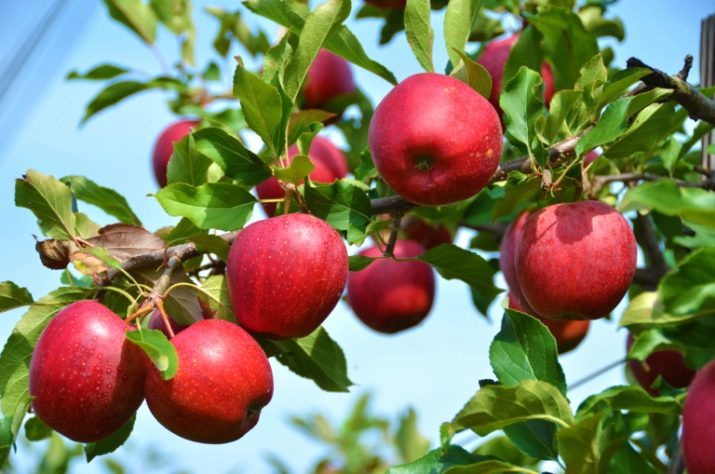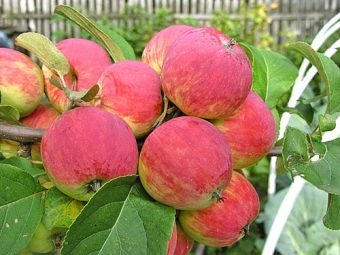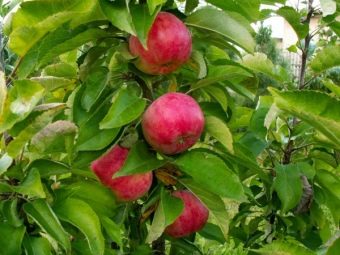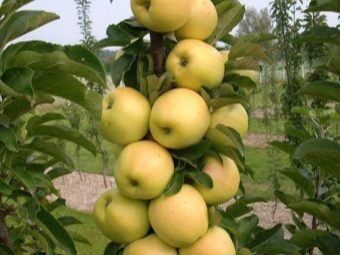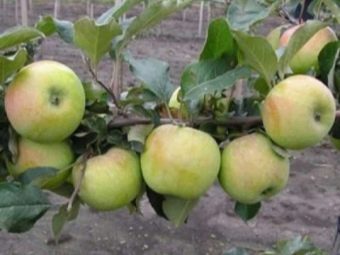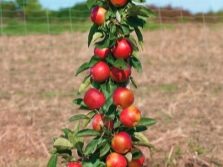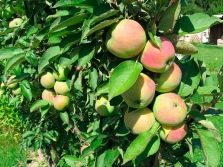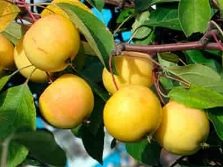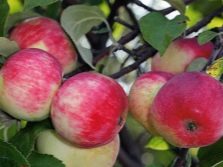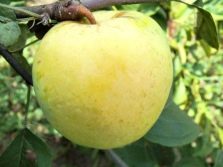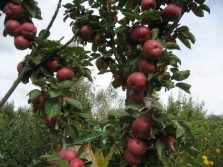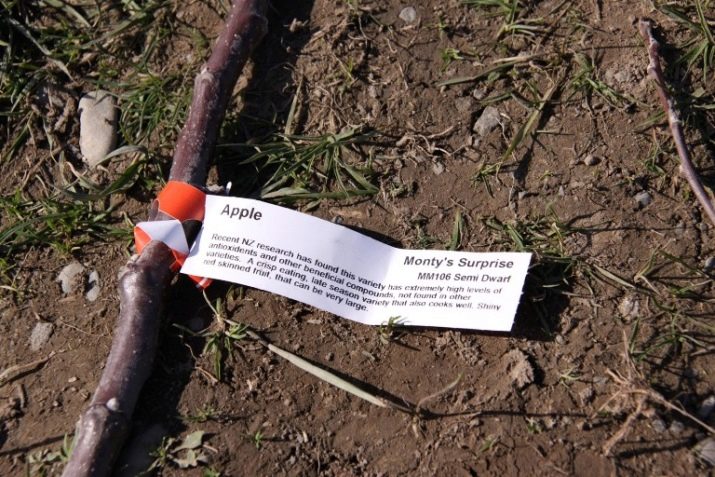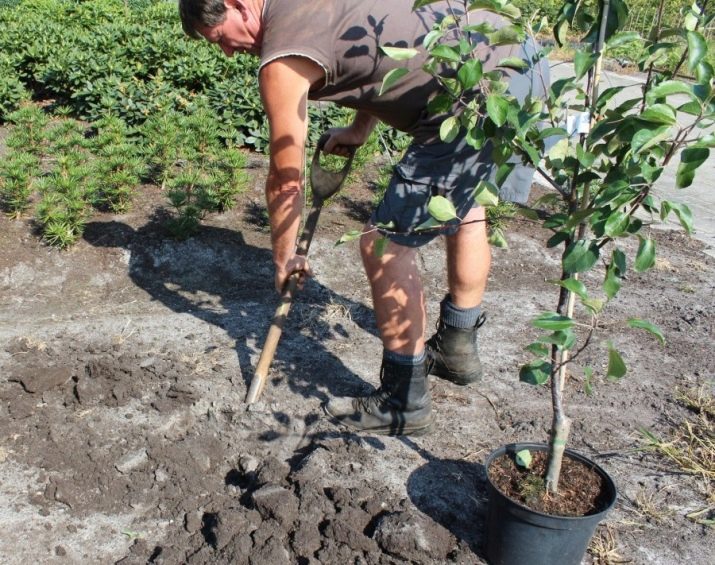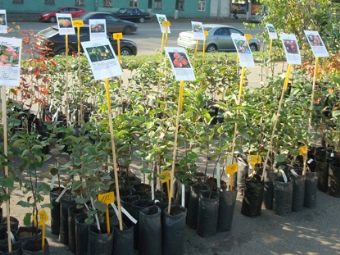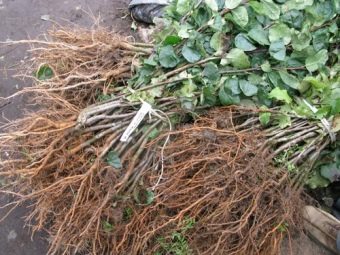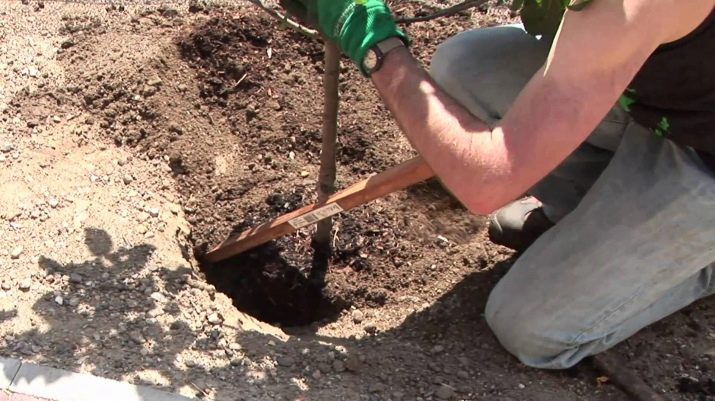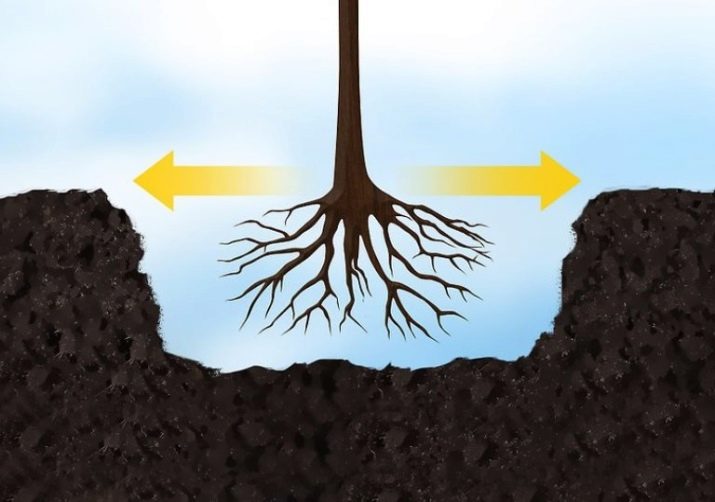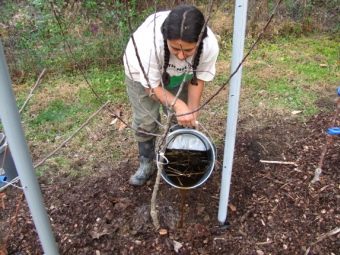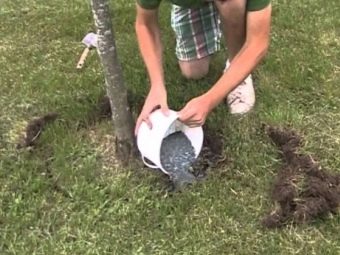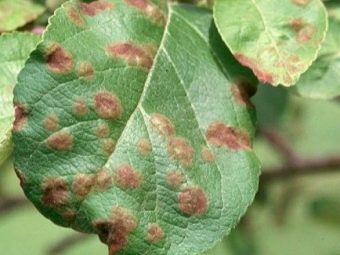How to plant an apple tree in the Urals?

Highlands with a harsh climate are about the Urals.Previously, no one could have imagined that here you can grow a perennial apple tree that can give beautiful, fragrant fruits every year. However, today there are many varieties, specially bred for the Ural area, differing in maturity and taste.
The best columnar varieties
The main points in the selection of apple varieties for cultivation in the Ural lands, in addition to the taste and nutritional properties of fruits, are the ripening period, resistance to certain plant diseases, as well as survival rate and tolerance of low temperatures. It is better to give preference to summer, autumn or winter varieties. Their cultivation in the Urals is quite successful and profitable.
Experienced gardeners recommend planting several apple trees on one site, which bloom and bear fruit at different times. In this way, you will protect yourself from the death of all plants during the frost period - at least one thing will definitely survive and bloom.
A columnar tree does not grow above 3 meters. The diameter of the crown reaches 45 cm. It is interesting that 10 planted "columns" can replace one standard apple tree. In addition to compactness, such trees are characterized by precociousness and fast fruiting (the second year after planting the plant in the ground).
The best columnar apple varieties for successful cultivation in the Urals are several options. Consider them in more detail.
"Uralets" is a really hardy variety. He was bred specifically for areas with harsh climates. The first fruits are already visible in mid-September. Their average weight varies from 50 to 60 grams. Color - cream, there is a faint blush. The tree is considered vigorous, durable, completely not afraid of low temperatures, snow, diseases and harmful insects. The only drawback - the juice storage of the crop does not exceed one and a half months.
"Vasyugan" ripens in the fall. The variety is popular for its high yield, ripening and excellent taste properties. Resistant to frost and wind.
Medoc is distinguished by the aroma of honey and very sweet apples. Not afraid of the harsh conditions of the Ural region.
"Snowdrop" refers to the late varieties. Winter fruits have a great taste and aroma. Color - closer to red. The fruits are not very large. Apple tree is undersized - reaches a height of 2 meters. The adaptability to weather extremes is noted. Storage of apples is possible up to 5 months. As a minus, instability to dry weather is noted.
"Currency" is the winter version of the Ural apple tree. The variety has good characteristics.
"President" is a representative of late-ripening species. It is characterized by excellent fruit flavor.
"Ural bulk" presents the first apples closer to October. Fruits turn yellow and have a sweet and sour taste. The variety was bred specifically for the Ural region, so it is ready for its climatic conditions. The tree is medium, without serious consequences, undergoing a transplant to a new site. About two years after disembarkation, young apples can be observed. After collection, they are stored no more than 2 months. Variety saddens gardeners their small-fruited.
"Silver Hoof" is a summer apple tree, successfully grown on the territory of the whole of Russia. The grade is unpretentious, possesses excellent flavoring properties. Culture is resistant to harsh winters and a cool spring, garden diseases. The highlight in the care is timely pruning, as the tree allows a large number of branches. The first fruits appear three years after planting.
In addition to these apple varieties, experienced gardeners call Vals, Persian, Summer Striped, Gift of Autumn, Chervonets, Papiroka, Melbu, Dialogue, etc., optimal for the Ural climatic conditions. .Strangely enough, but the familiar “Antonovka” is also rather successfully grown on the territory of the Ural Mountains.
Timing
In order to successfully grow an apple tree in the Urals, it is necessary to determine the place of planting. The soil should be fertile enough, not too swampy, with the right amount of moisture. It is especially important to choose the right time for planting seedlings into the ground.
Ural gardeners are advised to plan a planting in the early spring. By the end of April, just the air temperature becomes higher, and a sufficient level of moisture accelerates the survival rate of a young plant. Landing is allowed in summer (best in June). Autumn will be no less successful season.
In order to properly plant an apple tree in the Urals, it is important to observe the terms. For example, early disembarkation can lead to an unexpected appearance of the kidneys, too late, in turn, threatens to freeze the still not strong roots. The optimal period in the autumn season will be the first days of October.
Since the apple tree is a light-loving culture, the place should be warm and sunny.
It is better if the site is protected from winds and drafts.
Do not select lowlands as a seat, especially if ground water flows nearby. It is necessary to observe the 7-meter distance between the surface and the depth of their laying in the case of planting tall apple trees, 4-meter - if the plant is short. Stagnation of moisture and cold air can cause rotting of young roots, as well as the formation of fungal infections.
Gardeners offer to pay attention to uneven areas with a slight slope. So you will avoid stagnant waters.
For a good survival rate of young seedlings suitable loamy and sandy soil, of course, with high fertility. During the growing season, the plant badly needs an increased level of potassium, phosphorus and nitrogen. These elements are ways to improve the quality and volume of the crop. But from the acidic soil is better to give up - their influence is negative.
Landing rules
Selection of seedlings
First of all, it is necessary to purchase high-quality seedlings, because the development of the crop and the future harvest will depend on it. Purchase planting stock exclusively in specialized stores for gardening or from trusted summer residents. Choose only varieties bred for the Ural region - they are highly resistant to the harsh climate.
Preferred is a one-year sapling without branches or a two-year-old with a pair of branches.
A young plant is quicker and easier to get used to the mountain conditions and climate.
Pay attention to the roots of the apple tree. They should not have damage, nodules. Acceptable 30-cm length of the roots. The cuts should be white. In the case of a gray tint refuse to buy - these symptoms mean rotting and freezing.
Look at the young shoots - cracks and growths should not be. If you scrape off the top layer of bark, you will see a green peel - this indicates a healthy plant.
Prepare for the main process should be about 2 weeks before the purchase of seedlings. When decide on a place, prepare the landing hole. Its depth should be about 80 cm, diameter - about 100 cm.
Landing work
Pour into the pit nutrient mixture consisting of rotted manure, peat or compost. It is allowed to mix these three ingredients in the same ratio. If most of the land consists of heavy clayey ground, add sand. As a good organic fertilizer can make fallen leaves, which should be put on the bottom.
Feed the selected place, pour it. Leave for about 2.5 weeks. In case of subsidence of the soil, the nutrient substrate is replenished. At the end of the waiting period, it is allowed to plant an apple tree. In the loose soil make a small groove, suitable for the size of the roots.
Place a wooden stake and place a seedling in the ground. Do not forget to gently straighten the roots. Do not deepen the root neck. It should rise above the surface by about 5 cm. Seal the area around the base, and tie the barrel to the stake. Then spend abundant watering - enough 40 liters of water per tree. At the end, cover all with a mulched layer of humus or peat.
The young plant does not need mineral fertilizers until it is rooted in the soil. The use of such dressings can aggressively affect the growth and development of culture. The only acceptable mineral at an early stage of development is phosphorus. It is introduced directly into the soil as superphosphate.
If you decide to plant several trees in the garden at once, you must keep between them a distance of 6 meters for tall, 4 meters for medium-grown, 2-3 meters for short and dwarf trees. Such distances will provide each apple tree with a sufficient level of sunlight and oxygen, as well as prevent the interlacing of long, powerful branches.
Care
The unstable weather in the Urals makes it necessary to provide special timely care for the apple tree. Traditional care procedures include watering, loosening, feeding. Ural varieties require, in addition to this, the creation of winter shelters.
Experienced gardeners can independently speed up fruiting, develop and propagate a new hybrid variety with the help of spring grafting of a tree. However, newcomers or fans of such events is not worth it.
In the first months after planting, the plant needs regular watering (twice a week is enough). An adult apple should be watered only in summer, when it is hot and dry. After each watering, be sure to dry the tree. It will not be superfluous to add a mulch layer to the root zone.
It is recommended to fertilize a biennial tree growing on a permanent plot. Successful time fertilizing - spring or autumn. If the summer is dry, then nitrogen-based formulations are allowed. In the spring, it is also preferable to introduce nitrogen-containing complexes, in the autumn period all the others are allowed. Additional nutrition may include phosphorus, potassium supplements.
Spraying with mineral nutrient solutions will positively affect fertility and yield. The place of impact is the ground part of the tree. It is necessary to complete fertilization with good irrigation so that organic matter is better absorbed into the roots.
Diseases and pests
Despite the strong and unpretentious nature of the Ural varieties of apple trees, there is still the risk of infection with plant diseases. Moth is the most dangerous insect for apple fruit. This pest is able to eat all the seeds and pulp of a ripe apple, which leads to the death of the entire crop. For prevention, it is recommended to collect fallen apples from the ground, burn dry leaves, dig up the area around the trunk. It is possible to get rid of the already attacked butterfly by spraying with insecticides.
Scab affects the top layer of apple foliage, ripe apples and shoots. The treatment is carried out with special preparations - fungicides. A good protection against harmful insects and diseases will be the surface treatment of the stem with whiteness or chalk solution.
Despite the harsh climate of the Urals, growing apples in such conditions is quite successful. Properly selected varieties, adapted to the local environment, are able to give gardeners a large and tasty harvest.
How to choose the right apple varieties can be seen in the next video.

